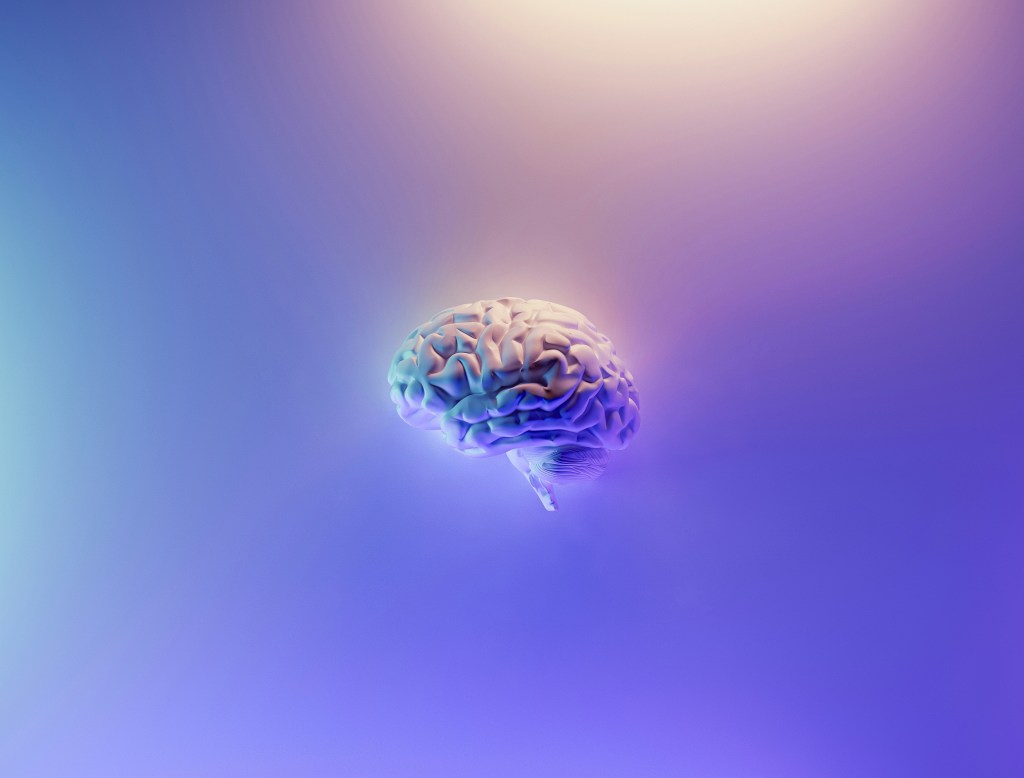Dopamine this, dopamine that – everywhere you look, dopamine is the source of all our ills. Ted Gioia argues the rise of “dopamine culture” is what’s behind the fragmentation and degradation of art into entertainment and compulsive consumption; people talk about how they get a “hit” of dopamine when they open TikTok or play Vampire Survivors. Even experts who caution that dopamine is more complicated succumb to the temptation to oversimplify headlines: We Have a Dopamine Problem, Dopamine Nation, etc.
Dopamine is not the “pleasure chemical”. It’s a neurotransmitter that does a lot of things, including helping motivate you to learn and achieve particular goals.
It is wrong to use dopamine in place of “addiction” or “habit-forming” but everyone does it anyway. Why? It lends your argument a pinch of authority and style. It also sounds softer than “addiction”, even though that is precisely what most people mean but cannot bring themselves to say. For many, addiction is too harsh a word to use outside of drugs and maybe gambling. It’s a more comforting elision to say you just need the “dopamine”.
The omerta is perpetuated by the continued refusal of the tech and games industry to even acknowledge the existence of addiction within their spheres, let alone the fact their own designers will lecture at conferences about how to design compulsion loops and optimise retention and maximise engagement on devices that people keep by their sides 24/7. Gamers will tell each other they’re addicted, that they’re playing a game too much to the detriment of the rest of their lives, but they’d rather identify with the games industry rather than anyone who criticises it out of a childish belief that their hobby needs defending, as if it’s still the 1970s. None of this is helped by the news media, which doesn’t take games seriously.
One of the most important works about high-tech addiction is Natascha Dow Schüll’s Addiction by Design. Published in 2012, it describes how slot machines have been deliberately designed to create addicts in the service of money. There are zero mentions of “dopamine” in the book, and that’s not because we didn’t know what dopamine did in 2012. It’s because the word “dopamine” is not required to understand or describe addiction, certainly not when it comes to slot machine design. My own book critiquing gamification, You’ve Been Played (2022), also doesn’t use “dopamine” – but it does use “addiction”.
Pretending that “it’s only addiction if it’s lower class, otherwise it’s just sparkling dopamine,” doesn’t help anyone.
Photo by Milad Fakurian on Unsplash
